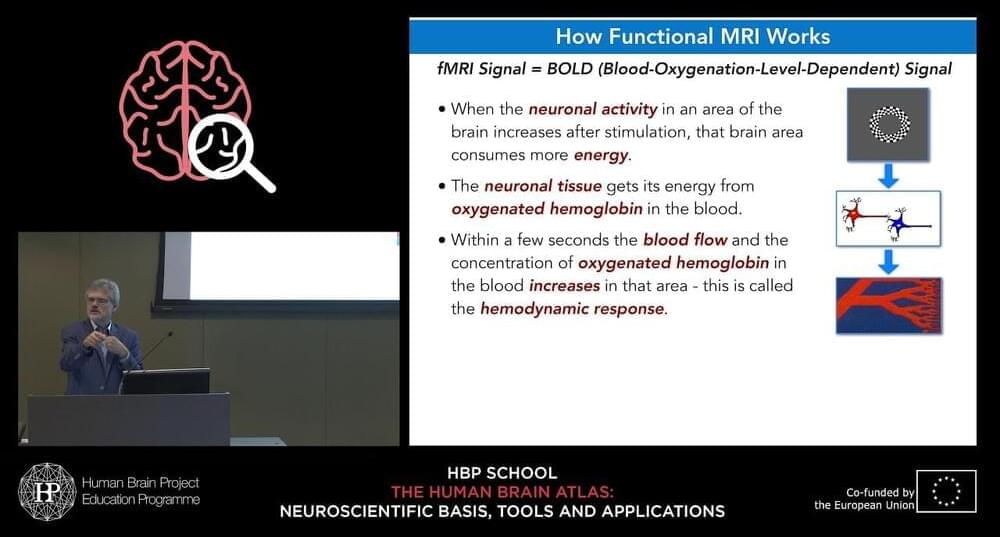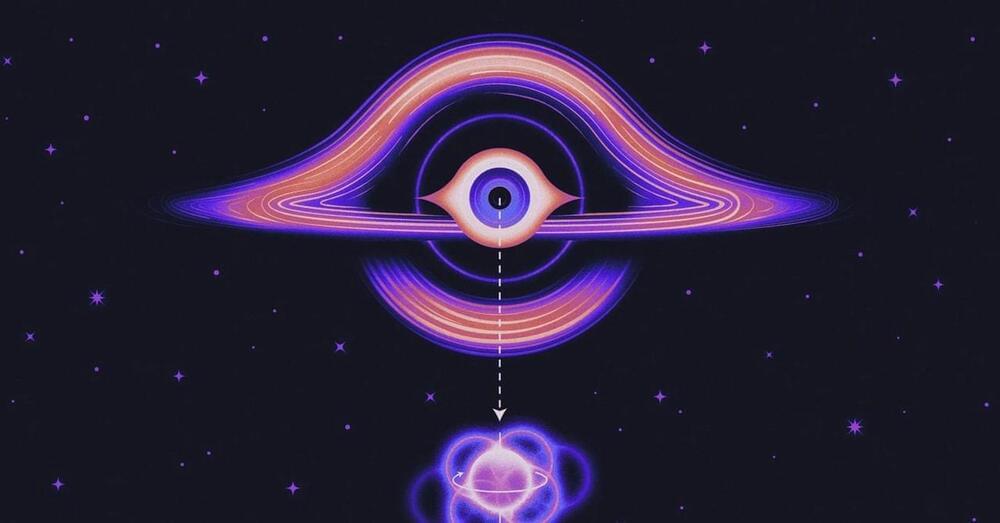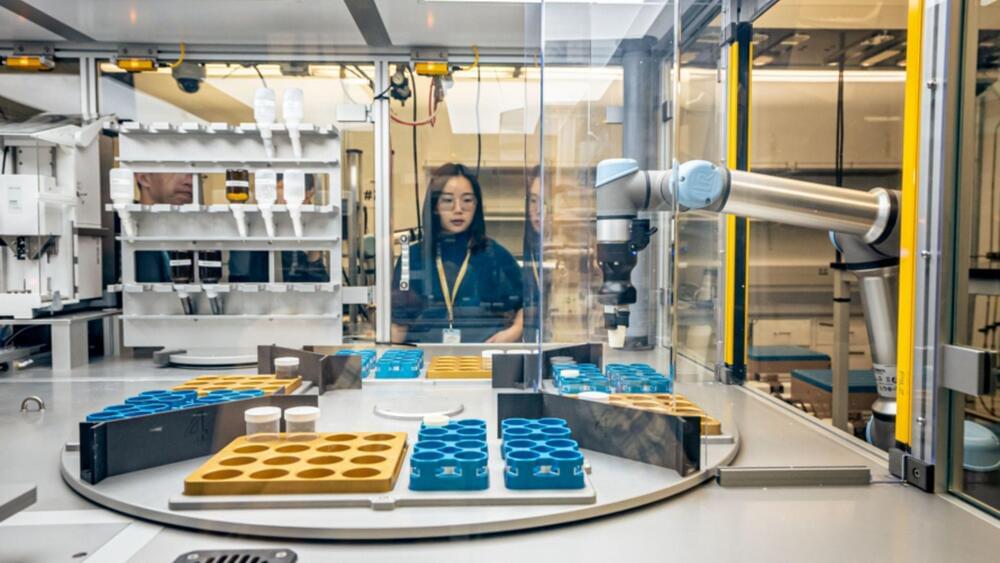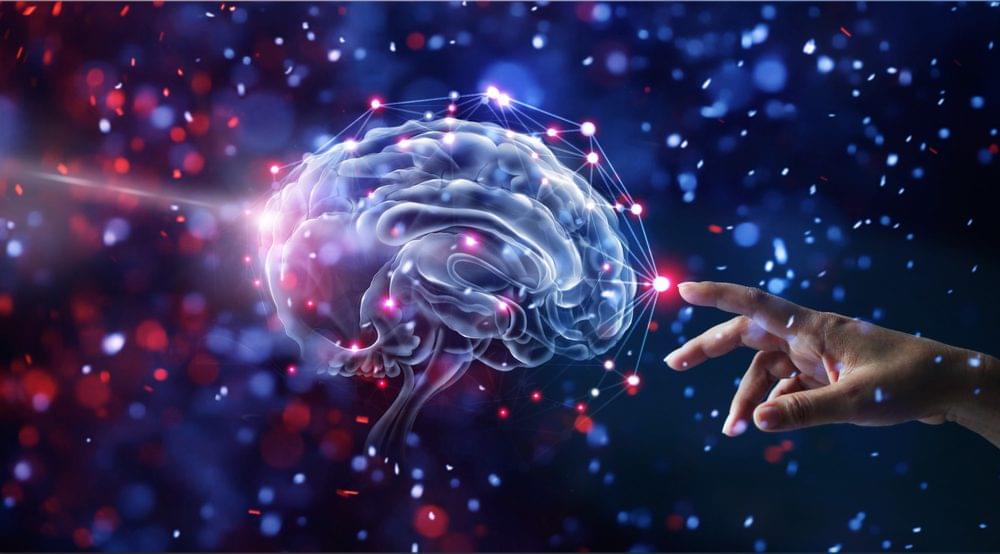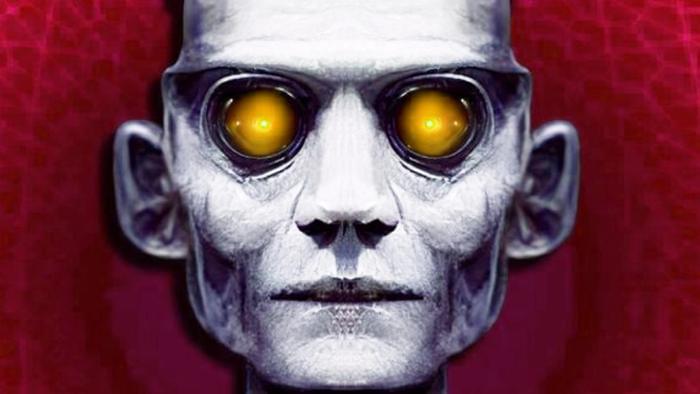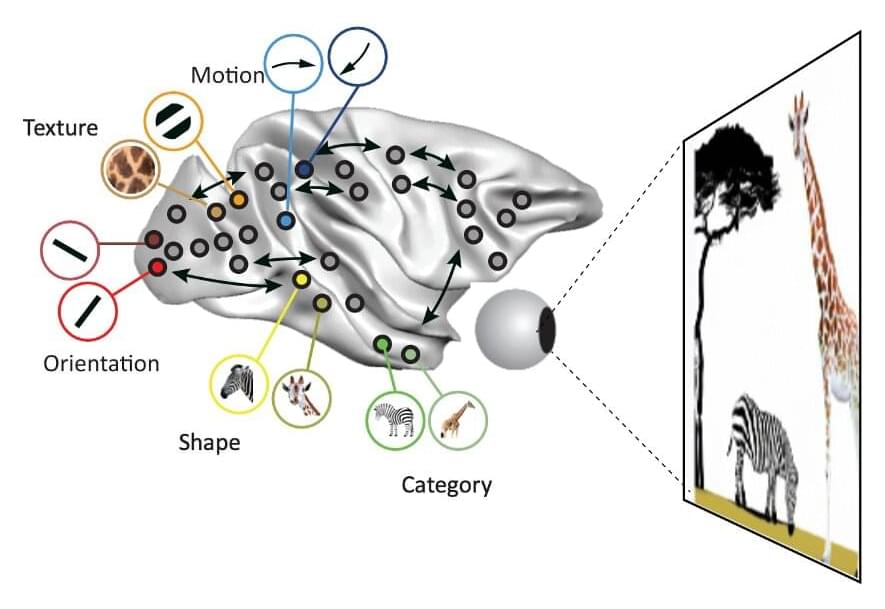Resolving activity in cortical columns and cortical layers in the human brain with ultra-high field fMRI — new insights for biological models of cognitive functions.
Speaker: Rainer Goebel, Maastricht University, Netherlands.
HBP School — The Human Brain Atlas: Neuroscientific basis, tools and applications.
3–7 September 2018
Düsseldorf/Jülich, Germany.
Maastricht, Netherlands.
Follow us:
Facebook: @hbpeducation.
Twitter: @hbp_education.
Instagram: @hbp_education or visit:
www.humanbrainproject.eu/education.
Video recorded by Bergrath & Siebert.
